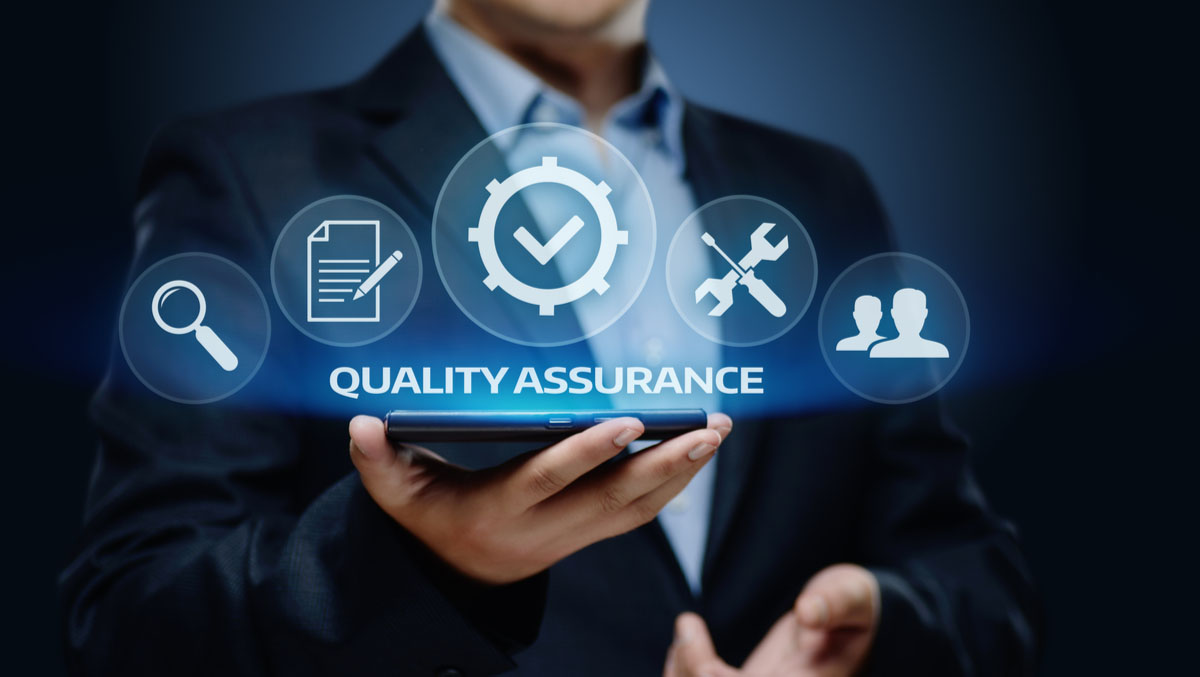Elevating Healthcare Operations with Microsoft Power Platform
Business Problem
Business Solution
Technical Solution
- Develop, test, debug, implement, maintain and document ABAP code used in RICEFW (Reports, Interfaces, Conversions, Enhancements, Forms, and Workflows) objects on an ECC 6.0 System
- Experience in areas such as ABAP Managed Database Procedures (AMDP), CDS views, etc.
- Extensive experience in working with interfaces like Idocs, Proxy, web services.
- Design and build applications consistent with the SAP Fiori Application Architecture, including SAP application templates like Worklist, Master-Detail, Smart Controls, Smart Templates, Fragments and Themes
- Development of re-usable services using SAP ABAP, EDI, Workflow, SAP Middleware (PI/PO).
- Implementing Standard Fiori Apps
- Creating Custom UI5 Apps using SAP Web IDE, HTML, JavaScript, JSON, CSS, XML.
- Developing Backend oData services, CDS views and consuming across various applications in S/4 HANA.
- Work closely with stakeholders to translate business requirements into user-centric designs and facilitate the development and rollout of new applications, features, and tools.
- Program optimization and performance tuning.
- Performance traces and evaluating existing code.
Technologies
Customer Success Outcomes:
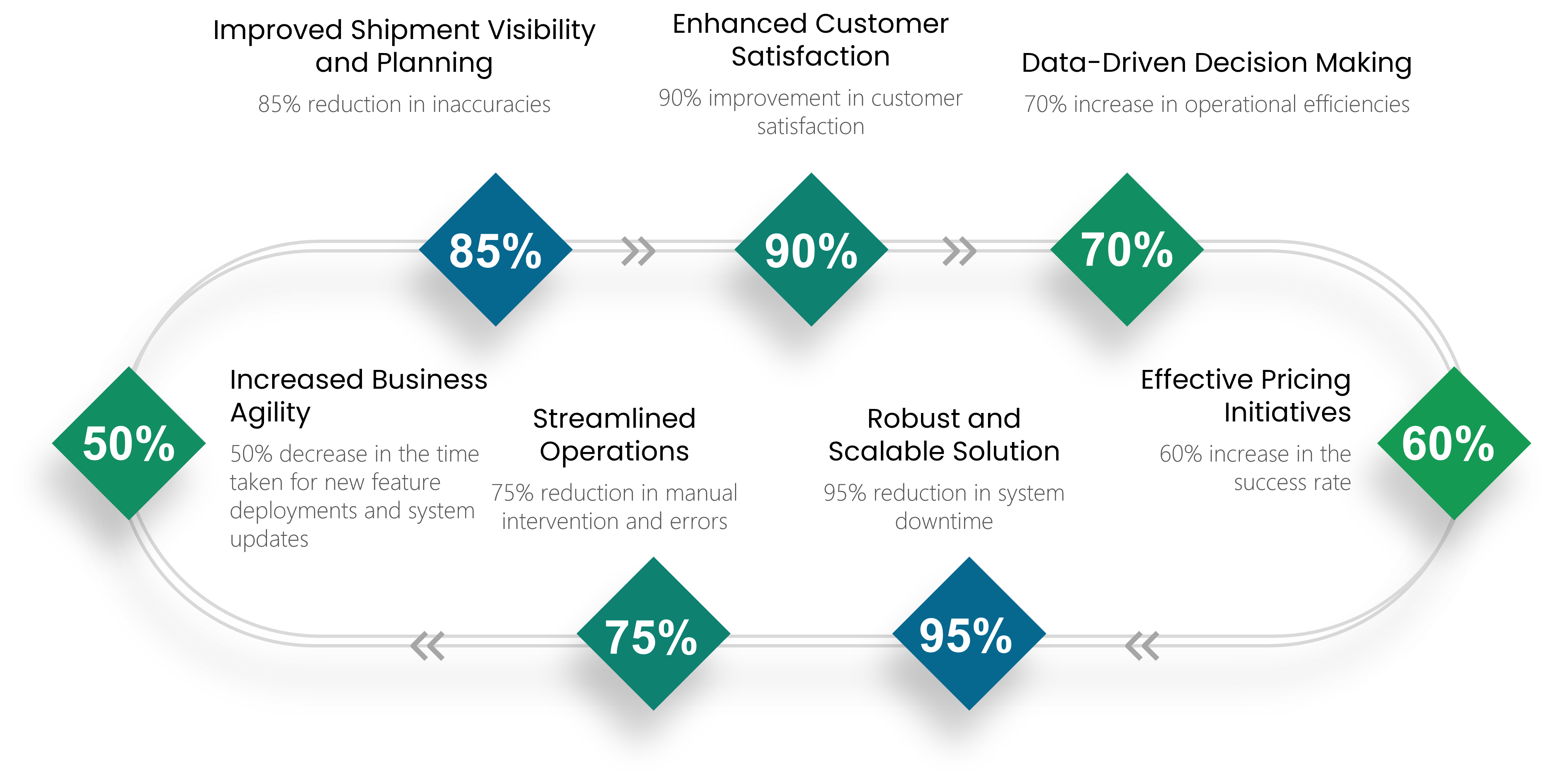
Improved efficiency and streamlined business processes through the use of pre-built business applications (FIORI) and object-oriented programming (OOPS ABAP)
Latest Case Studies
Our Case Studies

.jpg)
.jpg)
.jpg)
.jpg)
.jpg)
.jpg)

.jpg)
.jpg)
.jpg)
.jpg)
.jpg)
.jpg)
.jpg)
.jpg)
.jpg)
.jpg)
.jpg)
.jpg)
.jpg)
.jpg)



.jpg)


.png)
.png)
.jpg)

.jpg)
.png)
.png)
.png)

.png)
.png)
.png)


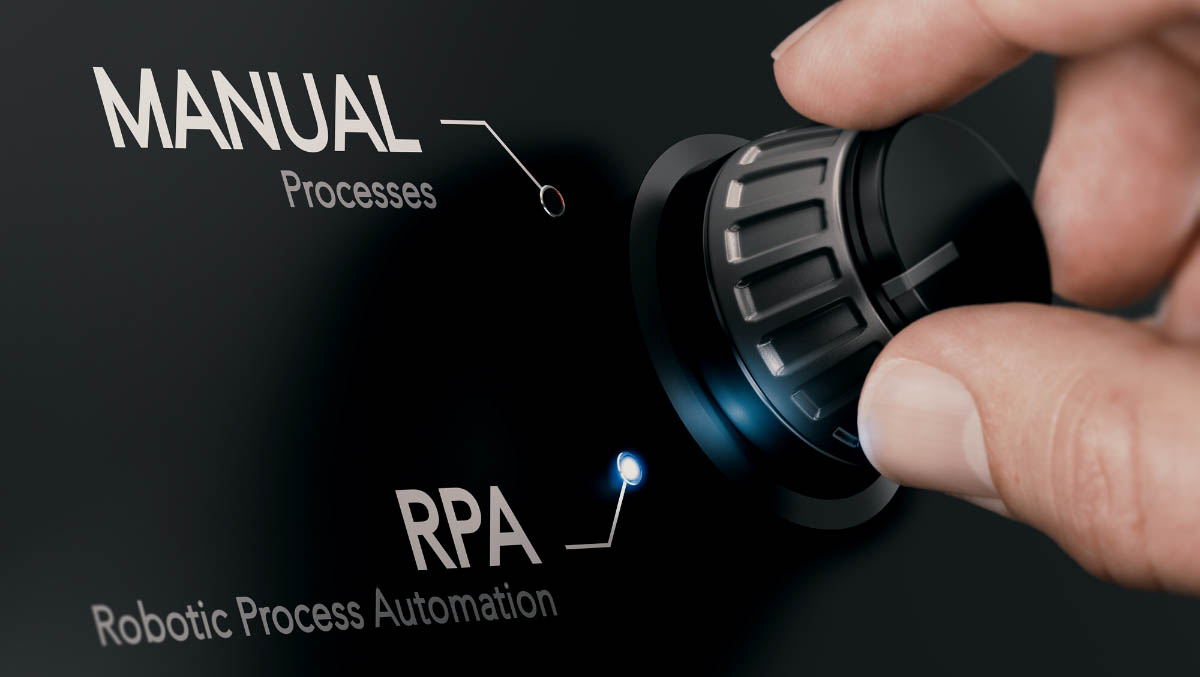
.jpg)

.jpg)
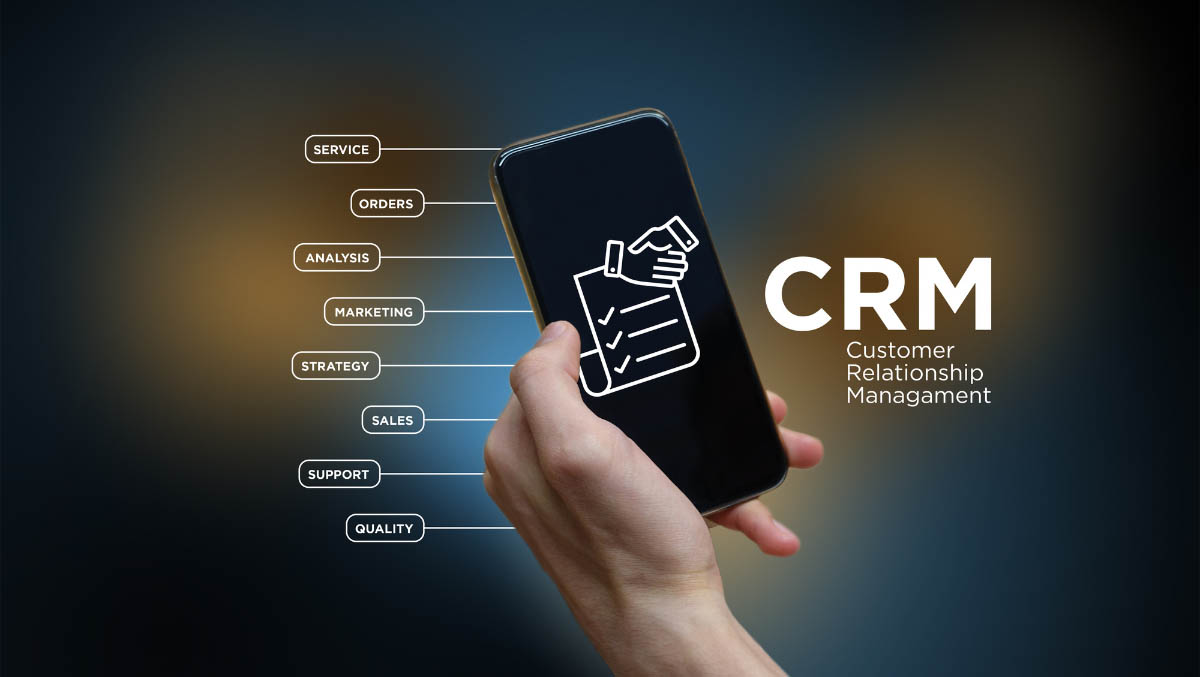

.jpg)
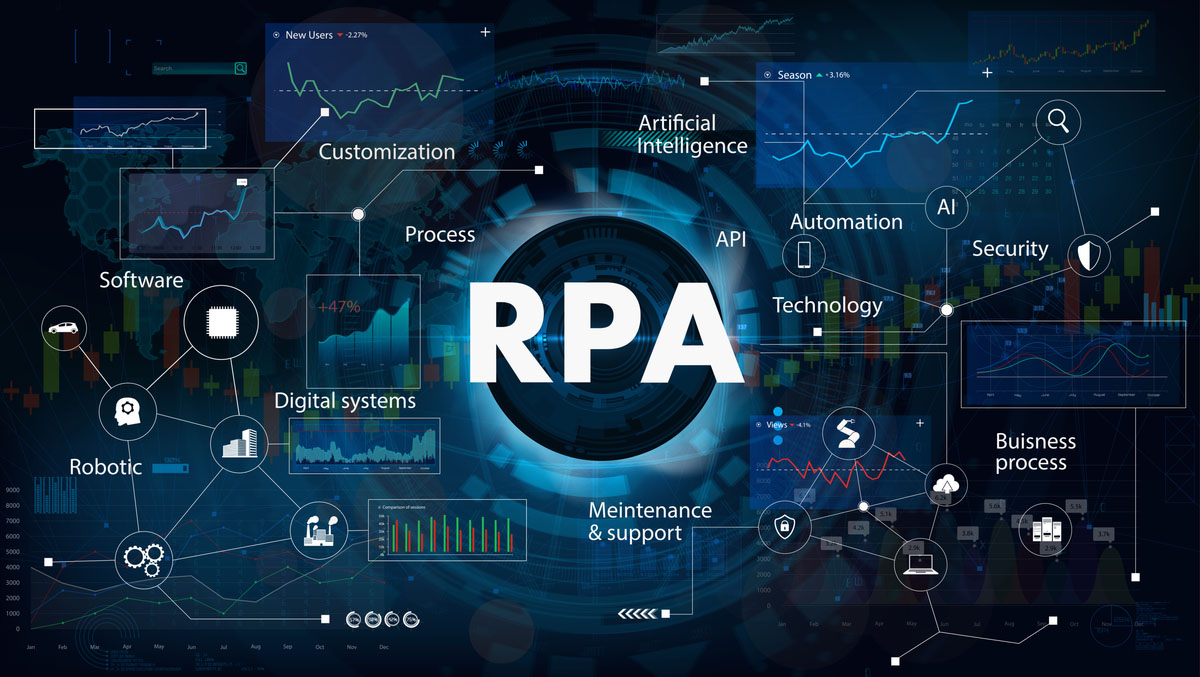


.jpg)


.jpg)


